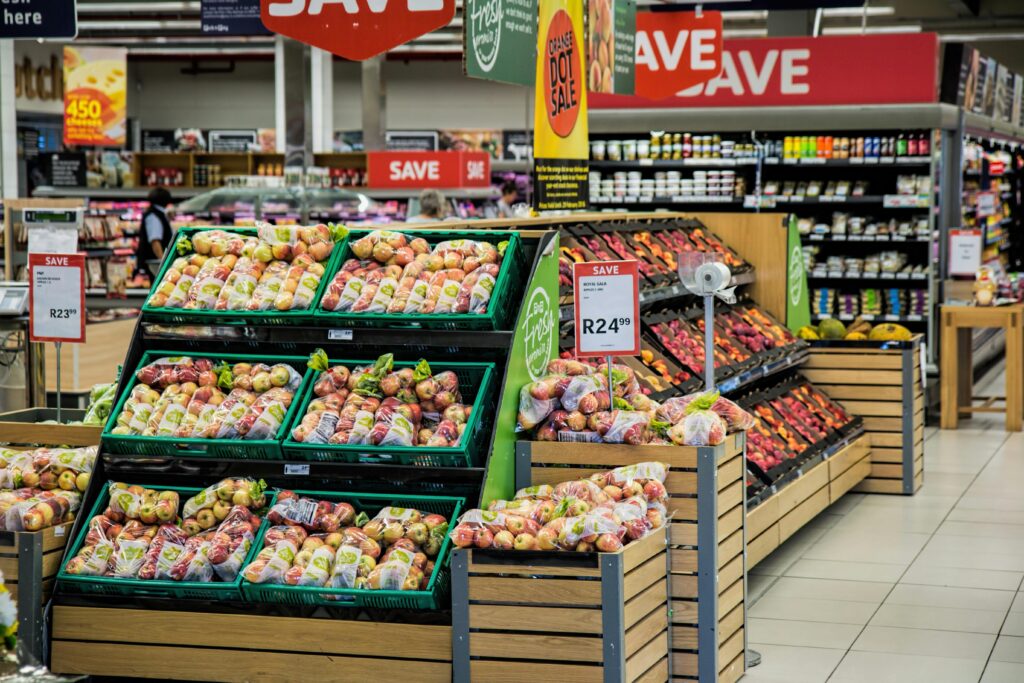Ever walked into a store with the best intentions of sticking to your budget, only to walk out feeling like you’ve been financially mugged? Yeah, we’ve all been there. The problem isn’t just overspending—it’s not shopping smart. Today, we’re diving deep into how to shop tops smart everyday, turning your grocery runs into wallet-friendly victories!
Table of Contents
- Key Takeaways
- Why You Need to Shop Smart
- Step-by-Step Guide to Shopping Smart
- Top Tips for Friendly Markets
- Real-Life Success Stories
- Frequently Asked Questions
Key Takeaways
- Shopping smart means planning ahead and knowing where to shop.
- Friendly markets often offer better deals than big-box stores.
- Avoid impulse buys by sticking to a list (and maybe leaving your credit card at home).
- Comparison apps and loyalty programs are your new BFFs.
- Knowing when sales happen can save you hundreds annually.
Why You Need to Shop Smart
Let’s get real: groceries are one of those non-negotiable expenses that eat up a good chunk of our income. According to recent data, the average American spends about $400 per month on groceries—and let’s face it, most of us could probably cut that down if we shopped smarter. That’s why mastering how to “shop tops smart everyday” is crucial for anyone trying to stretch their dollars further.

The pain point here isn’t just about saving money—it’s also about reducing stress. Imagine walking into a store knowing exactly what you need, grabbing it quickly, and leaving without second-guessing every purchase. Sounds dreamy, right?
Rant Break: Why Do Stores Put Essentials at the Back?
I don’t know who thought putting milk and eggs at the farthest corner from the entrance was a brilliant idea, but they clearly hate humanity. It’s like forcing me through an obstacle course filled with tempting snacks and overpriced junk. This sneaky trick literally makes my blood pressure spike every single time. Can we talk about how this manipulates people into buying things they don’t even need?
Step-by-Step Guide to Shopping Smart
Step 1: Make a Solid Game Plan Before You Go
Optimist You: “I’ll wing it and trust myself!”
Grumpy You: “Uh-huh, says the person who bought five jars of salsa last week.”
Seriously though, preparation is key. Start by sitting down (yes, sit) and writing out everything you need before heading to the store. Use meal prepping as a guide—if you’ve planned dinners for the week, add ingredients accordingly.
Step 2: Choose Your Friendly Market Wisely
Not all markets are created equal. Some specialize in bulk discounts, while others might focus on organic produce or international goods. Find the ones near you that align with your priorities (health-conscious? Eco-friendly packaging?) and build relationships with them. Many local markets reward repeat customers with exclusive deals!
Step 3: Time Your Visits Strategically
Here’s the insider secret: shop late in the evening or close to closing hours. Not only will you avoid crowds, but many stores mark down perishable items like bread, dairy, and fresh produce during these times. Bonus points if you go on discount days specific to each store!
Top Tips for Friendly Markets
- Always Bring Cash. Studies show people spend less when using physical money rather than cards.
- Leverage Loyalty Programs. Sign up for rewards cards—they’re free and often come with coupons.
- Track Sales Cycles. Learn when certain products go on sale. For example, meat tends to be discounted midweek.
- Stay Away from End Caps. These displays seem appealing but aren’t always the best deals.
- Terrible Tip Alert: Never, ever shop hungry. Just don’t do it unless you want to end up with three bags of chips and zero veggies.

Real-Life Success Stories
Case Study #1: Sarah’s Budget Transformation
Sarah used to dread her weekly trips to the supermarket, routinely dropping $250 per visit. But after implementing these strategies—like tracking sales cycles and avoiding processed foods—she cut her expenses to $150/month while eating healthier. Her favorite hack? Buying frozen fruits and veggies in bulk, which retained nutrients and saved loads of cash.
Case Study #2: John’s Coupon Strategy
John discovered an app that aggregated digital coupons from his favorite friendly markets. By combining those with loyalty points earned from regular visits, he managed to slash his annual grocery bill by nearly $800. Chef’s kiss!

Frequently Asked Questions
Q: Is it really worth shopping at small friendly markets instead of chains?
Absolutely. While chain stores may seem cheaper upfront, smaller markets often have fresher stock, unique offerings, and community-driven loyalty perks. Plus, they usually support local farmers, which feels pretty great too.
Q: What’s the easiest way to stick to my list?
Glad you asked. Leave distractions at bay—stick to essentials-only aisles, turn off unnecessary notifications, and consider leaving your credit card at home to prevent impulse purchases.
Q: Are online delivery services cost-effective?
Depends. They save time but sometimes include hidden fees. Compare costs before committing fully. A hybrid approach works well for many shoppers!
Conclusion
In conclusion, shopping smart doesn’t mean sacrificing quality—it means maximizing your resources wisely. With these tips on how to shop tops smart everyday, you’re ready to tackle any market aisle like a pro. So next time you hit the stores, channel your inner budget ninja and see how much you can save.
And now, because life needs a little whimsy…
Beans and rice, oh so nice, Stretch your dollars, buy them twice. Friendly markets, low prices bring, Shop smart today—cha-ching!


